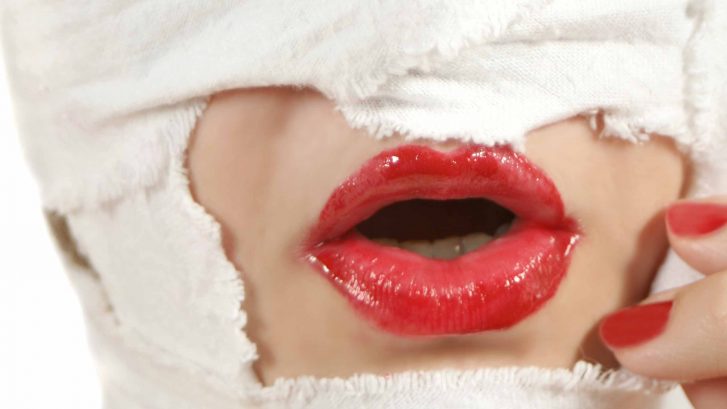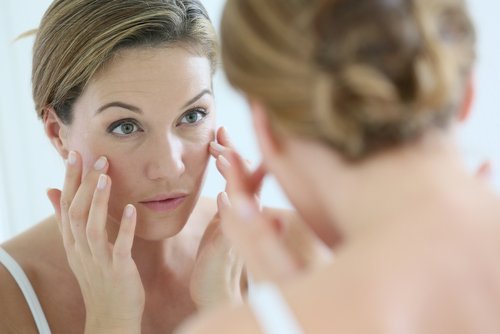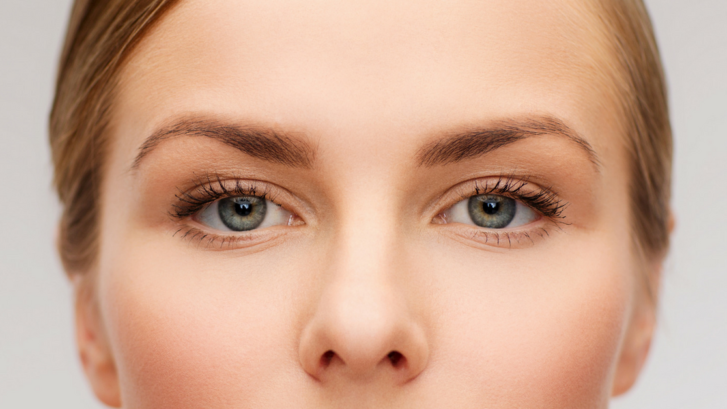5 Myths About “Lunchtime” Plastic Surgery
A dangerous new fad is simmering in some less reputable circles of the cosmetic medical trade. Fast plastic surgery or “lunchtime” procedures (so named because they purport to be done on your lunch hour) are suddenly all the rage… but at what cost? We’re breaking down the myths behind this too good to be true trend.
Myth #1 – You Heal as Quickly as the Procedure
While it may sound convenient and desirable to get a quick filler for your upper lip, the results (and resulting problems) are another reality completely. In one patient’s case, the material they used was hastily chosen and all wrong for her face. The swelling didn’t go away, even a week later… then she was told to wait six months… then five years passed and she is still dissatisfied with the bump in her lip.
Choosing your filler is a delicate and exacting process. By rushing into a procedure, you risk complications, pain, or worse. That’s why a reputable and trusted physician will weigh your options with you well before you plump those lips.
Myth #2 – Fast Equals Cheap
The notion that you can pop in for a quickie facelift and only pay by the hour is foolhardy on so many levels. First, you should never rush when it comes to your health. And second, true health care providers shouldn’t punch a clock and charge by the minute.
Finally, just because it’s fast, that doesn’t mean it’s cheap. A so-called “lunchtime” facial procedure can still cost upwards of two thousand dollars, and since it’s performed so hastily, it will most definitely require follow up visits and special attention in the long run.
Myth #3 – I’ll Just Do It This One Time…
While Botox has been proven to be safe and effective if administered responsibly, there is a new theory that excessive and repeated sessions could do more harm than good. The rise of “fast” plastic surgery is now dovetailing with the preponderance of addictive behavior among patients who schedule multiple Botox sessions in quick succession. An estimated 40% of these lunchtime procedure enthusiasts are undergoing injections too frequently, according to health experts.
Myth #4 – It’s as Effective as the Real Thing
A procedure as delicate and involved as a breast augmentation requires extensive consultation and consideration. However, some disreputable surgeons are promoting their hasty methods for the lunchtime crowd these days. It is inconceivable to think that you could recover from such an invasive process in less than two hours.
Also, the actual technique required for a successful breast surgery doesn’t work in a truncated time frame. When done in a rush, surgeons can only apply the implant to the front of the breast, on top of your existing muscle. This won’t sit correctly, causing unsightly wrinkles and puckering where the implant meets your tissue.
To be done properly, an implant must go beneath the muscle, which requires more time on the operating table. The experience may take longer, but the results are preferable in every way. In addition to the aforementioned aesthetics of a thorough intramuscular technique, the implant is also more protected when it is tucked within your existing tissue.
Myth #5 – Plastic Surgery Has Become Completely Standardized
While it’s true that medical science has progressed rapidly over the past two centuries, that doesn’t mean that it is now a “one size fits all” endeavor. Your body, face, and general physiology are unique. You have individual needs and specialized goals for who you are and how you want to look. If a doctor tells you that cosmetic surgery has become “standardized” or in some way uniform, then you need to visit another doctor.
For a consultation as special as you are, schedule an appointment with Dr. Binder. He is ready to listen to your questions, and he’ll take the time to explain his answers… even if that lasts more than just a lunch hour.







 3-D imaging via medical diagnostic tools such as MRIs and CT scanning is completely revolutionizing modern medicine.
3-D imaging via medical diagnostic tools such as MRIs and CT scanning is completely revolutionizing modern medicine.

